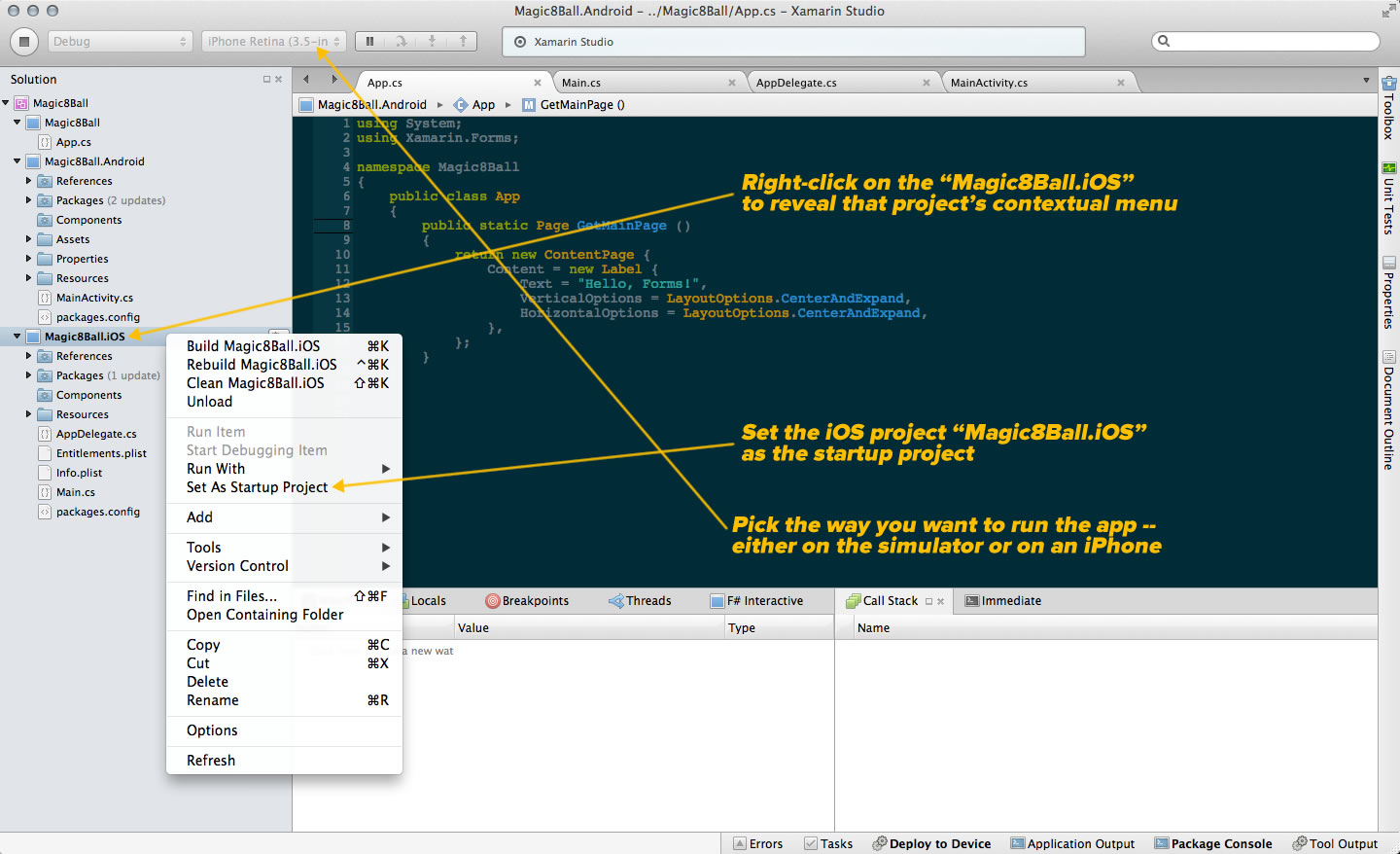

- #Xamarin windowmanager default display rotation android#
- #Xamarin windowmanager default display rotation windows#
When the width of the Page is greater than the height, the device is in landscape mode. To detect orientations without Xamarin.Essentials, monitor the SizeChanged event of the Page, which fires when either the width or height of the Page changes. However, Xamarin.Essentials contains a class that provides notifications of orientation changes. Xamarin.Forms does not offer any native events for notifying your app of orientation changes in shared code. Opening the manifest will reveal a configuration panel where supported orientations can be selected.
#Xamarin windowmanager default display rotation windows#
On the Universal Windows Platform (UWP), supported orientations are set in the Package.appxmanifest file.
#Xamarin windowmanager default display rotation android#
Note that the native Android APIs provide a lot of control over how orientation is managed, including options that explicitly contradict the user's expressed preferences. Locked – causes the application to use the screen orientation, whatever it is at launch, without responding to changes in the device's physical orientation.UserPortrait – causes the application to use portrait orientation, unless the user has automatic rotation enabled, in which case it will use the sensor to determine orientation.UserLandscape – causes the application to use landscape orientation, unless the user has automatic rotation enabled, in which case it will use the sensor to determine orientation.If automatic rotation is enabled, then all 4 orientations can be used. FullUser – causes the application to use the user's orientation preferences.FullSensor – causes the application to rely on sensor data to select the correct orientation (out of the possible 4).ReversePortrait – causes the application to use portrait orientation, facing the opposite direction from usual, so as to appear "upside down.".ReverseLandscape – causes the application to use landscape orientation, facing the opposite direction from usual, so as to appear "upside down.".SensorPortrait – causes the application to use portrait orientation while using sensor data to change the direction the screen is facing (so that the screen isn't seen as upside down).SensorLandscape – causes the application to use landscape orientation while using sensor data to change the direction the screen is facing (so that the screen isn't seen as upside down).Sensor – causes the application's orientation to be determined by the sensor, even if the user has disabled automatic rotation.Behind – causes the application's orientation to be the same as the orientation of the activity behind it.User – causes the application to be presented using the user's preferred orientation.Portrait – forces the application orientation to be portrait, regardless of sensor data.Landscape – forces the application orientation to be landscape, regardless of sensor data.Xamarin.Android supports several options for specifying orientation:

Protected override void OnCreate (Bundle bundle) Public class MainActivity : FormsAppCompatActivity To control the orientation on Android, open MainActivity.cs and set the orientation using the attribute decorating the MainActivity class: namespace MyRotatingApp.Droid If you'd prefer to edit the values using a key-value editor interface, select the Source> tab at the bottom of the screen: Under the Application tab, sections will be available to set orientation: In Visual Studio for Mac, open the iOS project and open ist. The file will open into a configuration panel, starting with the iPhone Deployment Info tab: This flag can be set to activity in the following way.In Visual Studio, open the iOS project and open ist. !Kotlin Bugsee.addSecureActivity(MySecretActivity::())Īctivities with system flag FLAG_SECURE are protected from video and touches recording without necessity to call any Bugsee methods. We substitute the actual screen content with black frames and stop recording touch events.

Whenever user navigates to such activity, You can protect any activity and prevent it from being recorded by adding it's class to the list of secure activities. Video recording can be disabled completely using VideoEnabled launch option.


 0 kommentar(er)
0 kommentar(er)
